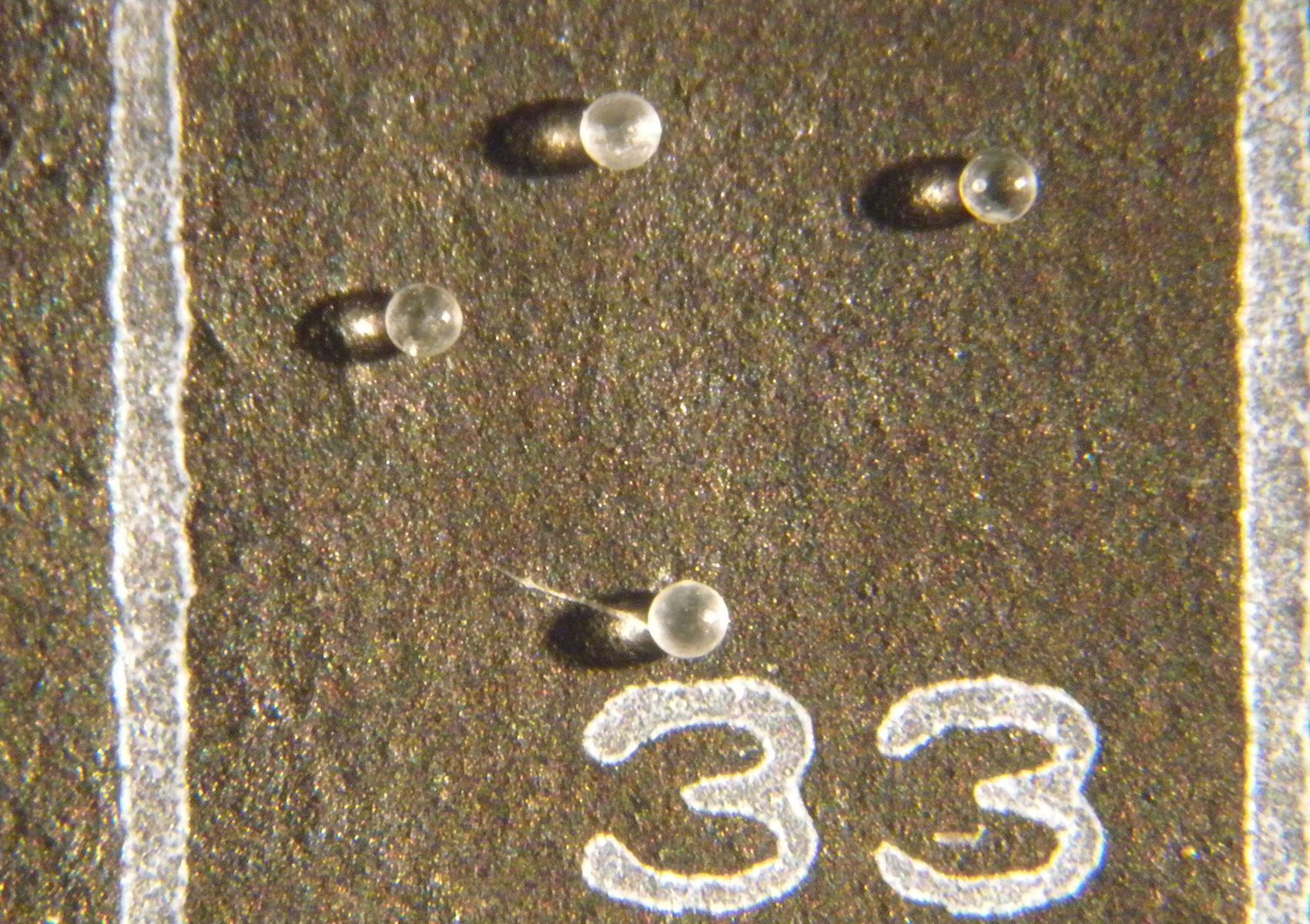When an extraterrestrial object slams into the Earth, it sends molten rock high into the atmosphere. That debris cools and re-crystallizes and falls back down to Earth. Tiny glass beads that form in this process are called microtektites, and researchers in Florida have found microtektites inside fossilized clams.
This story starts over 10 years ago in a quarry in Sarasota County, Florida. The walls of that quarry are packed with fossilized sea shells from the last few million years, forming a nice geological record for students to study. In 2006, students from the University of South Florida were working there, prying open fossilized clams and running the sediment inside them through fine sieves. They were looking for fossilized single-celled organisms called benthic foraminifera, and enormously diverse and important class of life-form.
Roger Portell, from the Florida Museum of Natural History, led the students on their field work. He told them to look for the southern quahog, or Mercenaria campechiensis, because they’re like storage containers for sediment and smaller life-forms. “Rain can wash a lot of the finds down the section of shells,” Portell said. “But if they’re trapped inside two big clam valves, you capture all that fine stuff.”
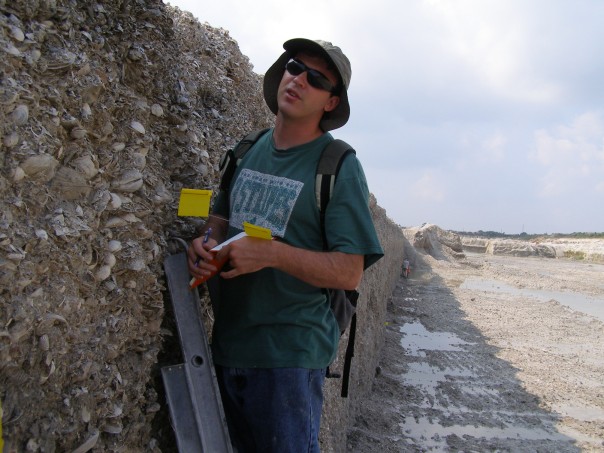
One student, Mike Meyer, found something else inside some clams: tiny see-through glassy balls, smaller than salt grains.
“They really stood out,” said Meyer, now an assistant professor of Earth systems science at Harrisburg University in Pennsylvania. “Sand grains are kind of lumpy, potato-shaped things. But I kept finding these tiny, perfect spheres.”
Meyer was curious about the tiny spheres, and he reached out to the scientific community for help. But his emails to researchers didn’t help. Nobody could tell him what they were. Meyer kept 83 of them in a box for 10 years, until he had a chance to look into them again.
“It wasn’t until a couple years ago that I had some free time,” he said. “I was like, ‘Let me just start from scratch.’”
He got to work analyzing the microtektites. First he analyzed their chemical composition and their physical characteristics, then he compared them with volcanic rocks and other things, like coal-ash and other industrial by-products. But these were different, and his analysis pointed to an extraterrestrial origin.
Mind=Blown
“It did blow my mind,” Meyer said.
Fossilized clams themselves are like time capsules. When they die, fine sediment and particles can become trapped inside them. As they’re buried into the fossil record over time, they’re forced to close. This makes them excellent record-keepers from their time.
Roger Portell, co-author of the study and the field-leader of the 2006 summer dig that unearthed the tiny spheres, said, “Inside clams like these we can find whole crabs, sometimes fish skeletons. It’s a nice way of preserving specimens.”
But finding extraterrestrial microtektites might be more exciting than finding a fish skeleton.
Meyer thinks that these tiny spheres are from one or more small, previously unknown meteorite impacts, potentially on or near the Florida Platform, the plateau that under-girds the Florida Peninsula.
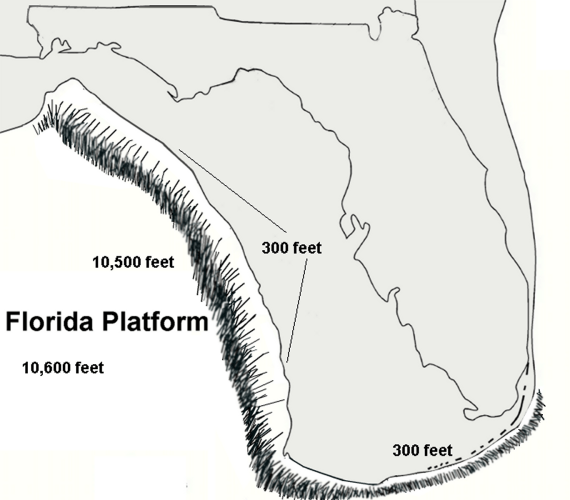
In 2006, Meyer and other students found these microtektites at four distinct depths. Each of those depths is from a different geological time period, so finding them distributed like that is “a little weird,” according to Meyer.
Meyer says there could be a couple different explanations. “It could be that they’re from a single tektite bed that got washed out over millennia or it could be evidence for numerous impacts out on the Florida Platform that we just don’t know about,” he said.
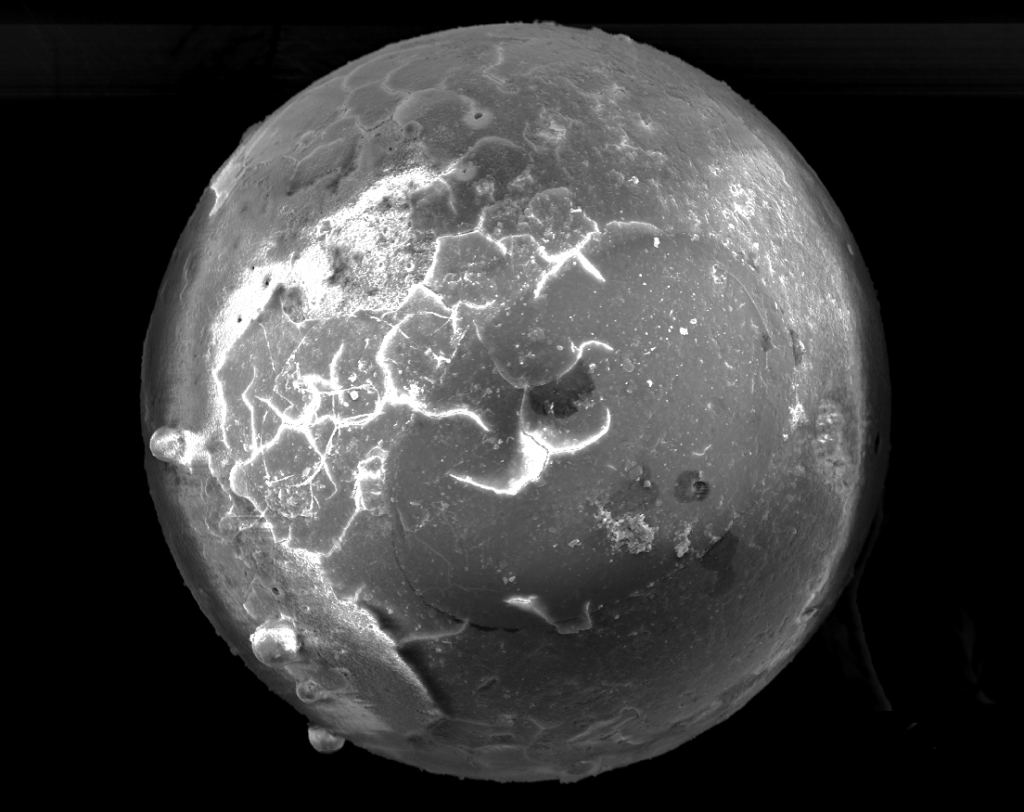
The next step is to date the microtektites. Porter, who is very familiar with the geological formation they were found in, says that they’re likely 2 to 3 million years old, but they don’t know for sure yet.
They’ll use a process called potassium-argon dating to determine how old the microtektites are.
When rock like this is melted, it resets its geological clock to zero. “The melting process basically sets the clock back to zero because that’s when this rock, ever so tiny, was created,” Meyer said. “With re-crystallization, the clock starts again, and you can use that.”
There’s another wrinkly in this story. They contain a high amount of sodium, which sets them apart from other impact debris. Salt is volatile, and when it’s ejected into the atmosphere at high speeds, it typically boils off.
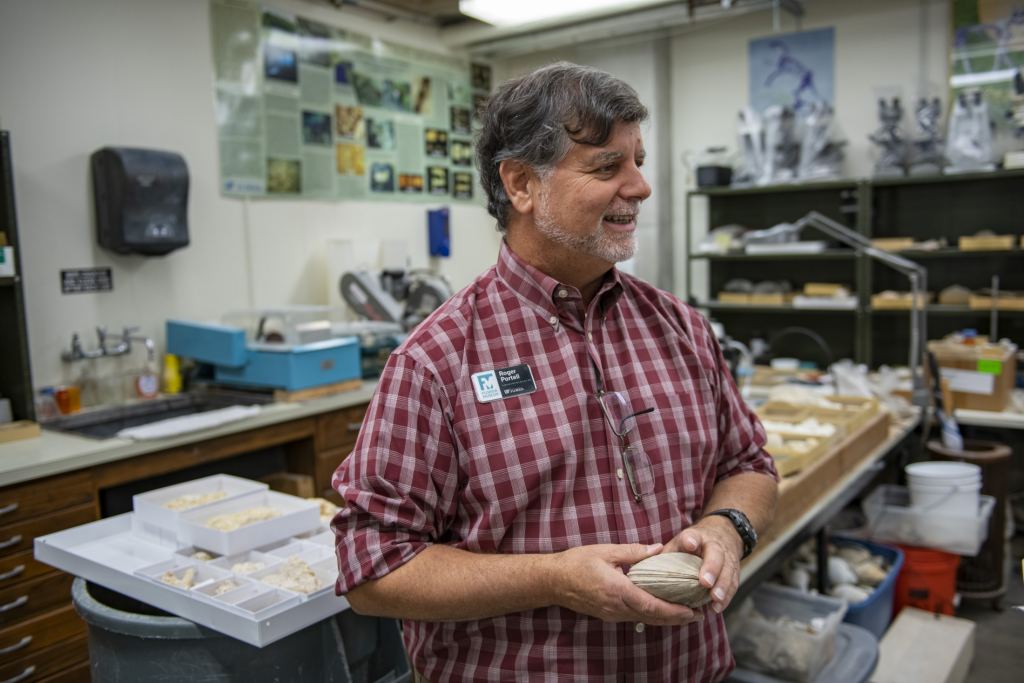
“This high sodium content is intriguing because it suggests a very close location for the impact,” Meyer said. “Or at the very least, whatever impact created it likely hit a very large reserve of rock salt or the ocean. A lot of those indicators point to something close to Florida.”
The pair of scientists suspect that there are many other microtektites like these ones in marine fossil beds in Florida. Unfortunately, the quarry where these were found is now a housing development, so it can’t be probed any further. But they’ve asked amateur fossil hunters in the state to keep an eye out for the tiny spheres.

